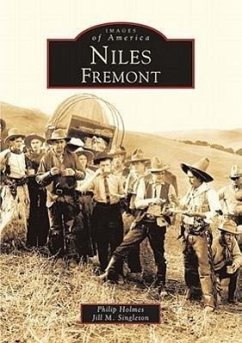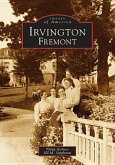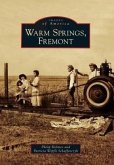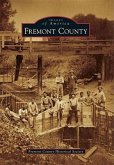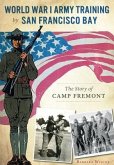Beautiful Niles Canyon in Fremont is a chosen spot. Jose de Jesus Vallejo chose it for the first mill town in Alta California, Joaquin Murieta slept here, and Leland Stanford chose it in 1869 for the last leg of the transcontinental railroad, the true "last spike" of the line linking the Atlantic to the Pacific. The home of the largest nursery in the West, Niles could also boast the first gravel mines in California and fine Art Deco tile production. In 1912 world famous Essanay Studios chose the oak-studded hills of Niles Canyon as the location for some of the most famous silent films of all time, including Charlie Chaplin's The Tramp, and the first Wild West movie stars strutted the dusty streets of Niles.
Hinweis: Dieser Artikel kann nur an eine deutsche Lieferadresse ausgeliefert werden.
Hinweis: Dieser Artikel kann nur an eine deutsche Lieferadresse ausgeliefert werden.

